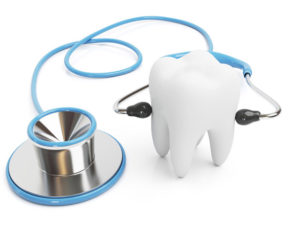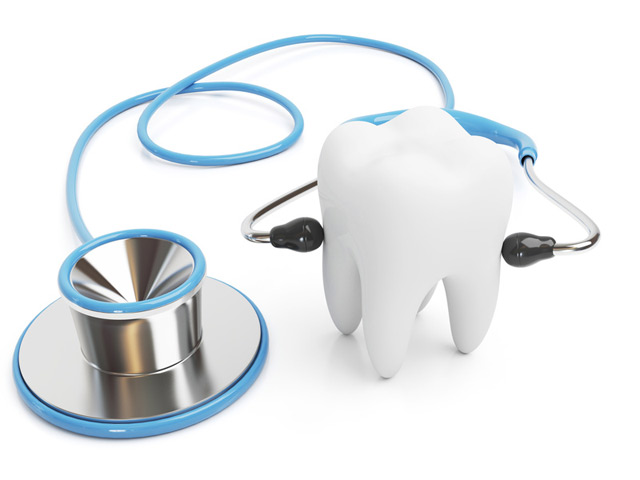In a study published in the journal Oncotarget,“E-cigarettes and flavorings induce inflammatory and pro-senescence responses in oral epithelial cells and periodontal fibroblasts“ researchers found that the chemicals present in electronic cigarette (e-cigarette) vapor were equally as damaging – in some cases, more damaging – to mouth cells as tobacco smoke. The study showed that when the vapors from an e-cigarette are burned, it causes cells to release inflammatory proteins. These proteins in turn aggravate stress within cells. The final result is damage that may lead to various oral diseases,including infection, inflammation and periodontal disease.
A large number of mouth cells exposed to e-cigarette vapor in the laboratory die within a few days, according to a study conducted by Université Laval researchers and published in the latest issue of Journal of Cellular Physiology. Dr. Mahmoud Rouabhia and his team came to this conclusion after exposing gingival epithelial cells to e-cigarette vapor. “Mouth epithelium is the body’s first line of defense against microbial infection,” Professor Rouabhia explains. “This epithelium protects us against several microorganisms living in our mouths.”
“Contrary to what one might think, e-cigarette vapor isn’t just water,” explains Dr. Rouabhia. “Although it doesn’t contain tar compounds like regular cigarette smoke, it exposes mouth tissues and the respiratory tract to compounds produced by heating the vegetable glycerin, propylene glycol, and nicotine aromas in e-cigarette liquid.”
The cumulative effects of this cell damage have not yet been documented, but they are worrying, according to Dr. Rouabhia, who is also a member of the Oral Ecology Research Group (GREB) at Université Laval: “Damage to the defensive barrier in the mouth can increase the risk of infection, inflammation, and gum disease. Over the longer term, it may also increase the risk of cancer. This is what we will be investigating in the future.”



